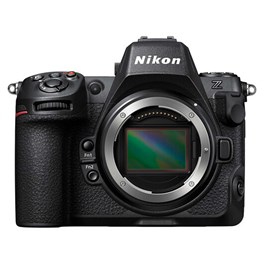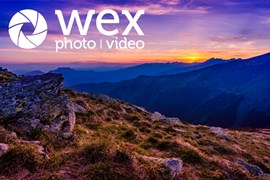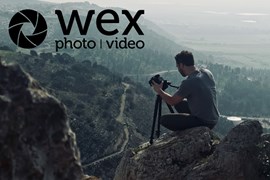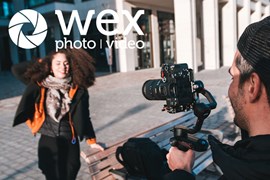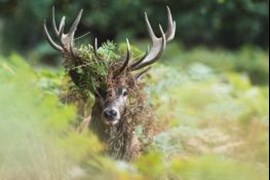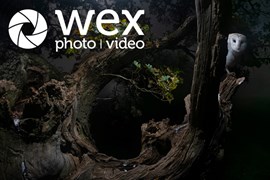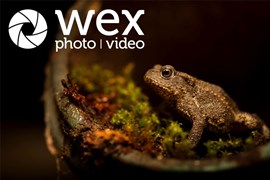
The Nikon Z mirrorless camera range is expanding again today with the announcement of the stunning, full-frame Nikon Z8. A pro-level camera built to withstand the rigours of outdoor use, this is looking like a dependable workhorse that boasts both speed and resolution in spades. In many ways it resembles the current pro flagship Z9, but is a more lightweight affair both in terms of build and price.
Some quick toplines before we take a closer look – the Nikon Z8 is built around a stacked 47.5MP full-frame sensor, with Nikon’s EXPEED 7 processor powering an impressive imaging engine that can deliver 20fps burst in full-red RAW, as well as 8K 60p video. Some interesting new features include the option for 900-second exposures, as well as a 9EV starlight viewfinder that should be immensely helpful for astrophotography.
However, there’s one key narrative that Nikon is pushing around the Z8 – that it’s the long-awaited successor to the legendary D850 DSLR. So let’s dig into this a little closer as we look at what this new mirrorless camera can do.
A true Nikon D850 successor?
Nikon is billing the Z8 as an heir apparent to its mega-popular high-resolution DSLR, the D850, but what does that mean exactly?
The Nikon D850, released all the way back in 2017, grew to become one of the most popular workhorse cameras among wildlife and nature photographers using DSLRs, including our own ambassador Tom Mason.
There were a lot of reasons for this DSLR’s success, but they boiled down to a few key factors. For one, the combination of a 45.7 megapixel back-illuminated, full-frame CMOS sensor and 9 frames per second shooting (with the battery grip) meant that it was possible to capture stunning, high-res images at the speeds required for wildlife shooting.
An equally important factor though was the tough, rugged, magnesium-alloy build with full weather-sealing. This was a camera you could take basically anywhere, into any condition, and it would keep on chugging away. There’s a reason so many photographers still really rate the D850, even six years down the line from release.
The Nikon Z8 has been designed to uphold this proud heritage. That’s why its 45.7MP sensor (same resolution) uses a stacked design to achieve super-fast burst speeds of up to 20fps in RAW format – the same as the flagship Nikon Z9. On the outside, meanwhile, Nikon is reporting that the Z8 features the same level of weather resistance as the D850, with a tough body that can take some punishment. Despite this, it’s substantially lighter than either the D850 or the Z9, weighing in at 910g with battery – both the other cameras push over a kilogram.
While it’ll take some time in the field to really assess the Z8’s capabilities, it looks at first blush as though it’s delivering on practically everything D850 enthusiasts could have asked for.
Top-level video specs
As well as its impressive photo credentials, the Nikon Z8 is thoroughly specced out for video users. The top-line spec is uncropped 8K video at 60p, and if you drop the frame rate to 30p, it can keep going for an impressive 90 minutes with no overheating. There’s also 12-bit 4:2:2 6K RAW at 120p, again uncropped, if that’s your poison. The Z8 sports a full-size HDMI out, too, and is capable of producing ProRes RAW footage in camera.
All this puts it right up against other full-frame cameras with meaty video specs as well as impressive photo capabilities – Nikon particularly wants you to look at the Z8 in comparison to the Canon EOS R5, and notice things like its four-times-faster EVF readout. We suspect in time each camera will find its place with a slightly different user-set – though once, again, time will tell.
Nikon Z8 Digital Camera Body
The long-awaited Nikon Z8 joins the esteemed Z line of cameras, combining industry-leading technology with a compact form factor to introduce a new powerhouse camera to the mirrorless market. Equipped with a 45.7MP stacked CMOS sensor, an EXPEED 7 processor, a fully electronic shutter with high-speed readout, and 8K/30p video recording, the Z8 truly embodies what it means to be a hybrid shooter.
£3,789.00 View
FAQs
What is the D850 successor and how is it different from its predecessor?
The Nikon Z8 is the long-awaited successor to Nikon's D850 DSLR camera. It boasts a lighter weight and smaller size, improved processor, higher burst speed, and more advanced features such as 8K video and Pro-Res RAW in-camera.
How light is the Nikon Z8 compared to other models?
The Nikon Z8 is the lightest model among the Z8, Z9, and D850, weighing only 910g with the battery. This makes it 30% smaller than its competitors.
How many megapixels does the Nikon Z8 have?
The Nikon Z8 has 45.7 megapixels, which are stacked for improved performance.
What processor does the Nikon Z8 have?
The Nikon Z8 is equipped with the EXPEED7 processor, which delivers faster performance and better image quality.
What video capabilities does the Nikon Z8 have?
The Nikon Z8 can shoot 8K video at 60 frames per second with no crop, as well as 6K RAW video at 120 frames per second with no crop and 12-bit, 4:2:2 colour depth. It also supports 4K video at 60 frames per second for up to 2 hours.
Does the Nikon Z8 overheat when shooting video?
No, the Nikon Z8 can shoot 8K video at 30 frames per second for 90 minutes without overheating.
How fast is the burst speed of the Nikon Z8?
The Nikon Z8 can shoot at 20 frames per second in RAW format, which is the same as the more expensive Z9 model.
What is HEIF and what does it mean for the Nikon Z8?
HEIF is a new image format that allows for higher image quality and smaller file sizes than JPEG. The Nikon Z8 supports 10-bit HEIF, which provides more colour depth and dynamic range in photos.
Does the Nikon Z8 have a full HDMI port?
Yes, the Nikon Z8 has a full HDMI port, which allows for uncompressed video output.
How fast is the EVF readout on the Nikon Z8 compared to its competitors?
The EVF readout on the Nikon Z8 is 4 times faster than its closest competitor, the Canon R5.
What is the maximum ISO of the Nikon Z8?
The Nikon Z8 has a maximum ISO of 32,000, which allows for shooting in low-light conditions.
Buying Guides

